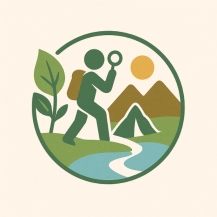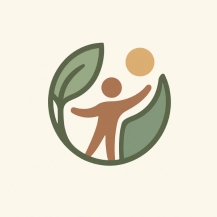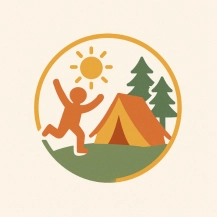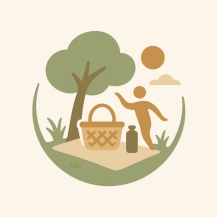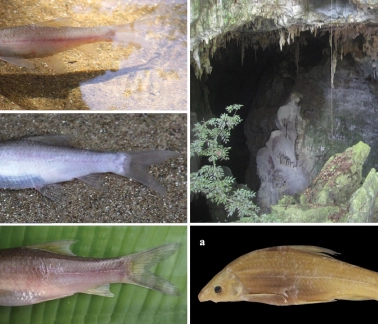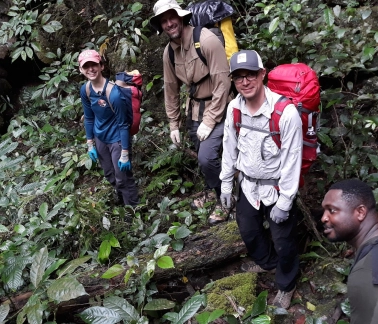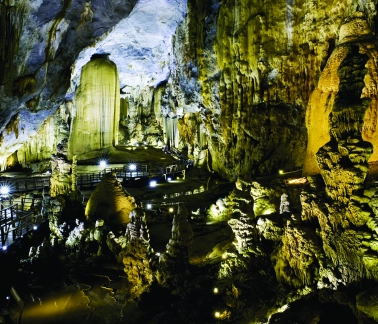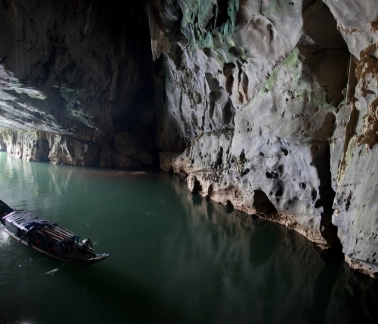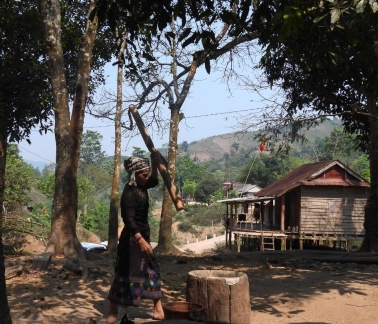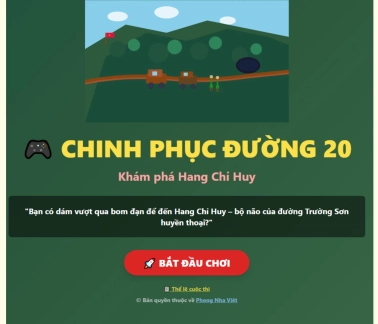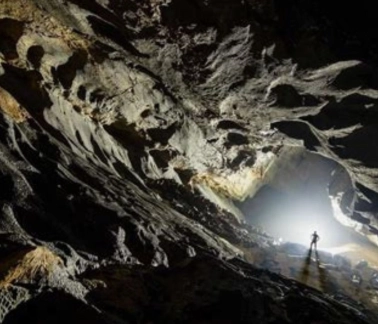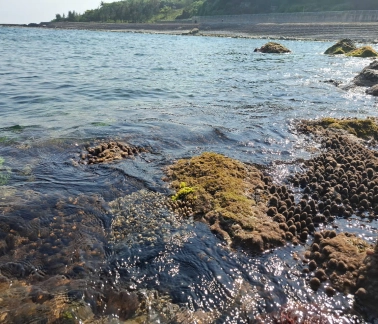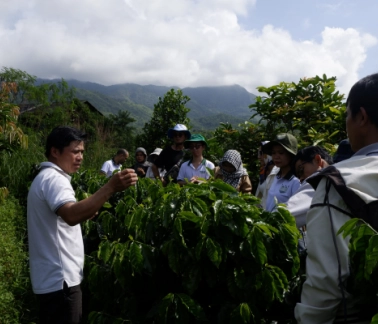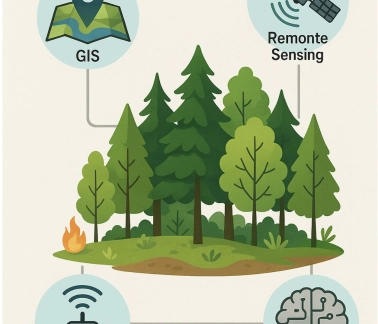Thế giới động vật hang động Phong Nha – Kẻ Bàng
Khám phá thế giới động vật hang động Phong Nha – Kẻ Bàng: cá mù Hang Va, tôm càng Phong Nha, bọ cạp Thiên Đường, ốc nón Sơn Đoòng và các loài mới cho khoa học trong karst.
Đặc điểm và giá trị toàn cầu của hệ thống hang động karst Phong Nha – Kẻ Bàng
Phong Nha - Kẻ Bàng có tuổi karst cổ, cấu trúc nhiều hệ thống hang lớn, phân tầng và hình thái đa dạng của Phong Nha – Kẻ Bàng, đối chiếu với các di sản hang động tiêu biểu thế giới.
Karst Cave Formation: The Case of the Phong Nha–Ke Bang Limestone Massif
This article explores the karst cave formation process in the Phong Nha – Ke Bang limestone massif, highlighting geological stages shaped by water, tectonics, and tropical climate over millions of years.
Hệ Thống Cảnh Báo Sớm: Lá Chắn Mềm Trước Thiên Tai
Trong bối cảnh khí hậu toàn cầu ngày càng nóng lên và các hiện tượng thời tiết cực đoan gia tăng, thiên tai ở Việt Nam đang gây thiệt hại nặng nề về người và tài sản. Bài viết phân tích vai trò của hệ thống cảnh báo sớm thiên tai như một “lá chắn mềm” giúp giảm nhẹ rủi ro
Chân Linh và Phong Nha – Mối liên hệ địa danh học, văn hiến học và địa tầng tên gọi cổ
Bài viết về Động Chân Linh và động Phong Nha trong hệ thống địa danh học và văn hiến học Việt Nam, từ thế kỷ XVI đến đầu thế kỷ XX. Dựa trên các nguồn như Ô Châu Cận Lục, Đại Nam Nhất Thống Chí, Phủ Biên Tạp Lục, kết hợp khảo cổ học và ý nghĩa Hán tự
Bão nhiệt đới: hình thành, tác động và cách ứng phó
Bão là một hiện tượng thời tiết mạnh hình thành trên biển nóng. Khi không khí ẩm bốc lên cao, kết hợp với sự quay của Trái Đất (lực Coriolis), nó tạo ra luồng khí xoáy dữ dội. Bão mang theo gió lớn, mưa to, có thể gây lũ lụt, sạt lở và thiệt hại nghiêm trọng. Tuy nhiên, bão cũng giúp mang nước đến nơi khô hạn, làm sạch không khí và hỗ trợ tái sinh rừng
The Bru – Vân Kiều Philosophy of Worshiping the Living Soul
The Living Soul Worship Belief of the Bru – Vân Kiều People in the Trường Sơn Range, Vietnam
Mini Game: Conquer Road 20 – Explore Hang Chi Huy
Travel Mini Game: Conquer Route 20 – Explore Commander Cave – Join Now to Win Free Tours and Exciting Prizes
Phong Nha Paleontology – Evolutionary Evidence of Earth’s History
Phong Nha – Ke Bang National Park is a prominent geological area with a continuous evolutionary history dating back to the Early Ordovician (~460 million years ago) up to the present. Its vast Paleozoic limestone formation is regarded as the largest classic tropical humid karst massif in Asia, containing more than 400 explored caves.
Con Co Island – A Convergence of History and Nature
Con Co Island embodies the fusion of historical heritage and natural beauty, with rich ecosystems, volcanic geology, and wartime relics requiring sustainable preservation.
A Vision for Western Quang Tri – Towards a UNESCO Biosphere Reserve
Western Quang Tri – a land where majestic primary forests stand tall, and emerald streams weave their way through the endless Truong Son Range – is among Vietnam’s richest ‘green lungs’ in biodiversity. Following the merger of Quang Binh and Quang Tri, this region has emerged as a strategic ‘green link’ along the North–South corridor, home to the UNESCO World Heritage Phong Nha – Ke Bang, pristine special-use forest reserves, and the unique cultural heritage of the Chut, Bru–Van Kieu, and Pa Ko ethnic communities.
Application of GIS, Remote Sensing, IoT, and AI in Natural Resource Management
This article provides a comprehensive overview of the integration of advanced technologies—namely Geographic Information Systems (GIS), Remote Sensing (RS), the Internet of Things (IoT), and Artificial Intelligence (AI)—in forestry management, with a particular focus on practical applications in Vietnam and comparisons with global trends.





